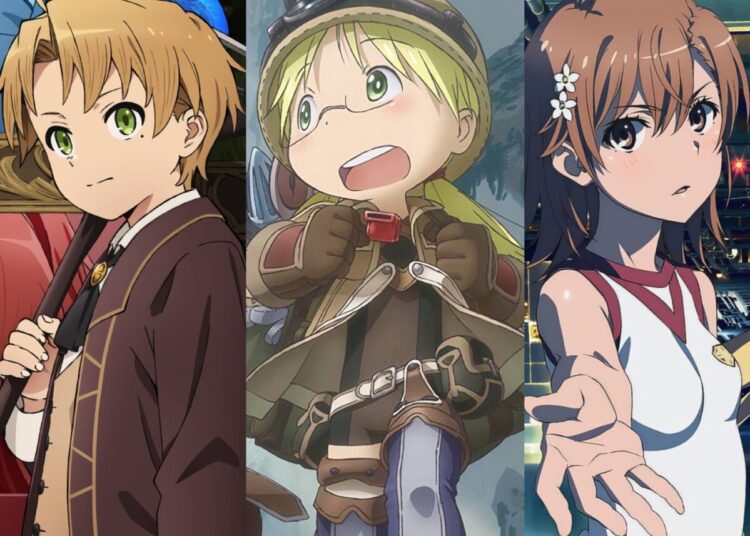Japanese food is famous for containing things not usually eaten by Westerners, something which I was reminded of when my mother and nephew were staying with us. The Japanese eat a lot of raw fish in the form of sushi (raw fish on rice) and sashimi (cut raw fish eaten by itself), and such delicacies from the sea as ika (squid), tako (octopus) and ikura (salmon roe) are not on the menus in most American homes. Another interesting food the Japanese eat is natto, fermented soybeans, which are very good for you — my kids know I hate it, so they come and breathe natto breath on me as a joke. Although not common, I’ve eaten basashi (raw horse meat), a delicacy from Kyushu, and I’ve also had deer, turtle and alligator at exotic Chinese restaurants, too. Some people also enjoy inago (cooked locusts) and hachinoko (bee larvae, ugh). My wife loves to eat miso soup with whole crab inside, and she scrapes the kanimiso or crab’s brains out so that it mixes with the soup. Perhaps the most bizarre food in Japan is shiokara, the intestines of squid, sometimes pickled in saltwater. If you ever come to Japan, don’t worry about these odd foods — there are plenty of normal alternatives for you to eat instead.
During my time in Japan I’ve picked up various knowledge, some of it pretty useless. Totoro is originally based on the troll from Billy Goats Gruff, and Mei and Satsuki are both born in the month of May (Satsuki is the old Japanese name for the fifth month of the year, and Mei’s name comes from the English word May). Alien Baltan, the crab-like creature that Ultraman battles, gets his name from the homeworld of Mr. Spock, since Vulcan and Baltan sound very similar in Japanese, and Godzilla’s many-headed nemisis King Ghidorah’s name comes from the fact that “Hydra” in Japanese is pronounced “hee-dora.” Char’s Counterattack, the film in which the two heroes of the Gundam universe have their final battle, should really be called Char Strikes Back, since its title in Japanese sounds similar to the Japanese title of the Empire Strikes Back. Spielber’s film E.T. is almost certainly based on a Japanese fairy tale called Taketori Monogatari (Tale of the Bamboo Cutter), about a couple who find a baby in a bamboo forest which turns out to be a princess from the moon. And although I didn’t know it at the time, the small hibachi we used to cook hamburgers on our apartment balcony when I was a child is a Japanese word — but in Japan, a hibachi is a great hearth found in homes dating back a hundred years or more.
The most famous dog in the history of Tokyo is Hachiko, an Akita dog who was owned by a university professor in the 1920’s. Every day, Hachiko accompanied the professor to Shibuya Station, and in the evenings, the man would come back to find the dog waiting faithfully at the station, a happy expression on his face. This continued for years, until one day, the man died suddenly. Loyal Hachiko waited for his master to return for ten years, wagging his tail in front of the station every day until he, too, died. Tokyo residents have erected a bronze statue in Hachiko’s memory, which you can see at the Hachiko exit of the station if you’re ever in Tokyo. It’s so famous, it’s very useful as a meeting point for friends — “Meet me at Hachiko.”















